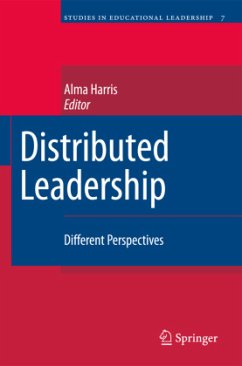Alma Harris The ?eld of school leadership is currently preoccupied with the idea of distributed leadership. Few ideas, it seems, have provoked as much attention, debate and c- troversy. Whatever your position on distributed leadership, and you cannot fail to have one, it is irrefutable that distributed leadership has become the leadership idea of the moment. Yet, it is an idea that can be traced back as far as the mid 20s and possibly earlier. So why the interest? Part of the answer can be found in a move away from theorizing and empirical enquiry focused on the single leader. This shift has undoubtedly been fuelled by structural changes, within schools and across school systems that have resulted in - ternative models or forms of leadership practice. Evidence highlights how those - cupying formal leadership positions are increasingly recognizing the limitations of existing structural arrangements to secure organizational growth and transformation (Fullan et al. , 2007; Harris etal. , 2008; Chapman et al. , 2008). As a consequence, many heads and principals are actively restructuring, realigning and redesigning leadership practice in their school (Harris, 2008). While the terminology to describe such changes varies, the core principle is one of extending or sharing leadership practice. While scholars have long argued for the need to move beyond those at the top of organizations in order to examine leadership (Barnard, 1968; Katz and Kahn, 1966) until relatively recently, much of the school leadership literature has tended tofocusupontheheadortheprincipal.








